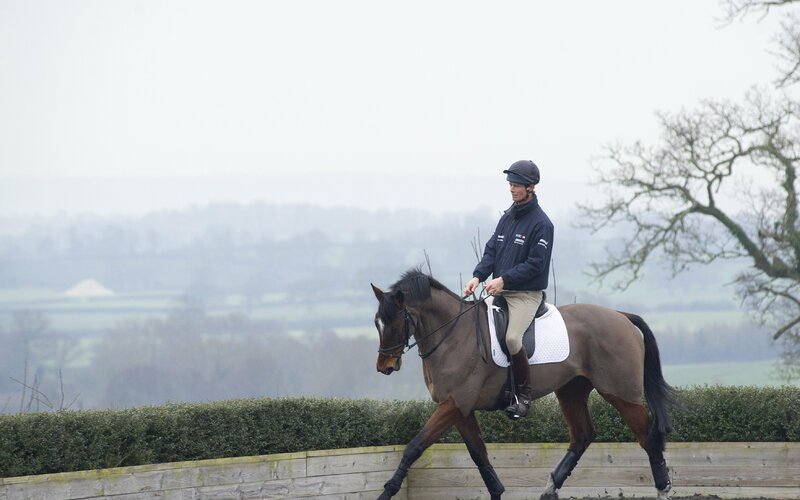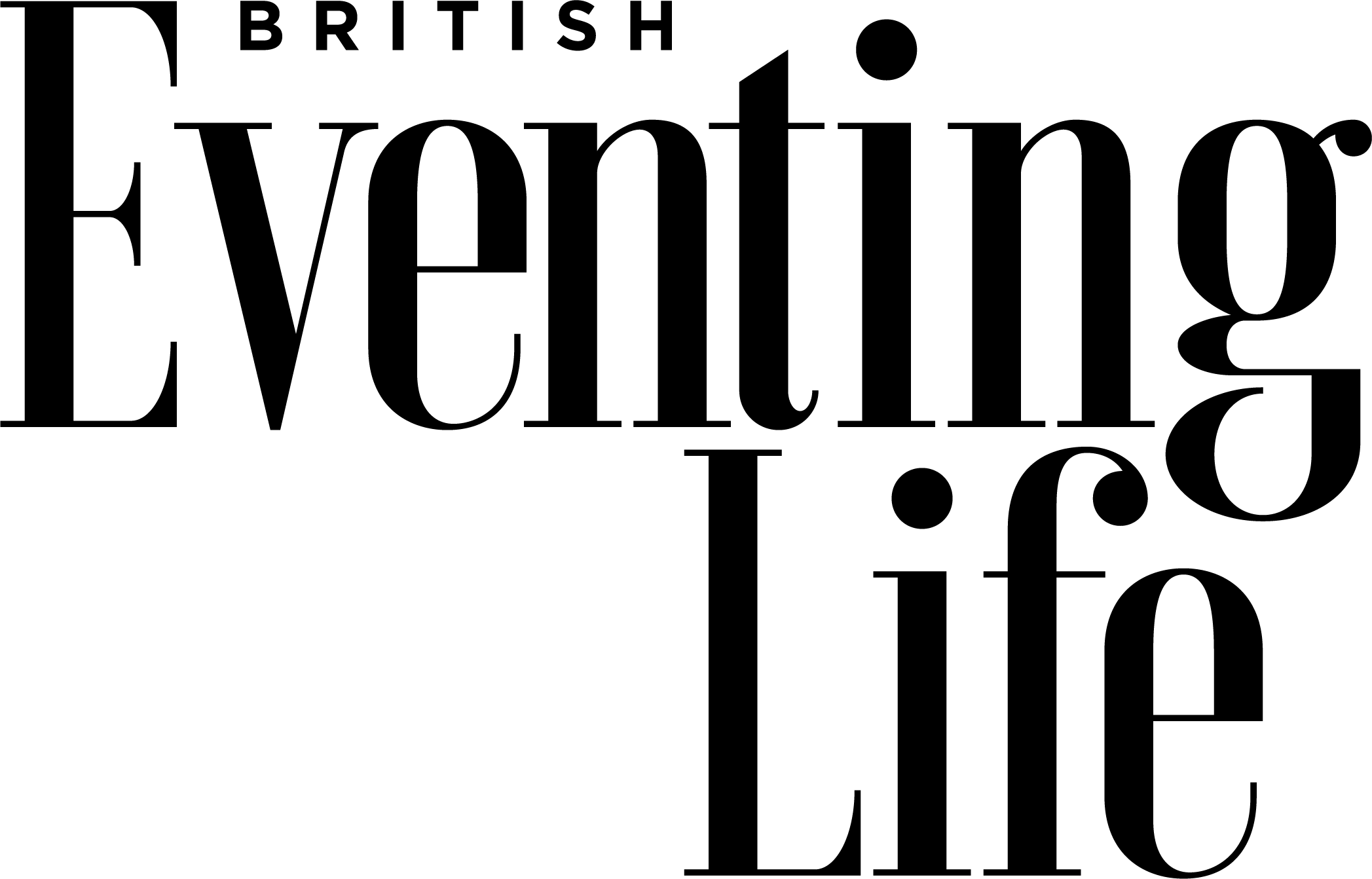
How to improve your posture to improve your riding
Posture affects not only our riding potential, but our pain, confidence and relationship with our horse. So how can you improve yours? Here are some exercises and top tips to get your posture sorted!
Test your posture: the wall test
Stand with the back of your head touching the wall and your heels six inches from the base. With your buttocks touching the wall, check the distance with your hand between your lower back and the wall, and your neck and the wall. If you can get within an inch or two at the low back and two inches at the neck, you are close to having excellent posture.
Exercise: sit-stand-sit
1. Sit on a bench with your bottom slightly higher than your knees.
2. Holding a whip out in front of you, tilt your pelvis and upper body forward and use your glutes and grounded feet to stand, bringing your arms down as you do so.
3. Steadily sit again, raising your arms as you lower.
Top tip: Do your knees fall in/out? Use a ball to prevent your knees from falling out or a band to prevent your knees from falling in. The whip prevents you from tilting your shoulders or using your hands to push yourself up.
Exercise: shoulder setting – left to right
1. Lace your fingers on top of your head and raise your shoulders towards your ears.
2. Drop your shoulders down your back.
3. Push your elbows out to the side walls.
4. Unlace your fingers taking your hands in a circle.
5. Finish with your little finger against your thighs.
Top tips
1. Keeping a soft knee
A soft knee helps absorb the forces of the horse, but has a tendency to lock. Forcing your heels down encourages this – when standing, push your heels down and you’ll feel your knees lock, so instead, when in relaxed pose, lighten your toes and your knee will stay soft!
2. Watch the best
You can be Izzy Taylor! Our posture mimics those of others – what better excuse to watch your riding idols at every opportunity?
3. Open your shoulders
A quick way to ensure your shoulders are correctly positioned to enable them to retract and protract is to open your arms in a ‘yoga’ pose, then turn your arms at the elbows so you keep your upper arm correctly in the shoulder socket.
4. Multi-tasking
Correcting your posture isn’t automatic – it has to be learnt – and you need to concentrate on it. Concentrating is harder when your heart rate is higher through exercise or adrenaline. To see how well you can cope, can you recite your dressage test while using a mounting block as a step aerobics exercise? Keep your spine neutral and work your abdominals to prevent you tipping forward and glutes to prevent you swaying in your hips.
5. Where is your centre of gravity?
Your centre of gravity should be over the horse’s centre of gravity – a point in the centre of your abdominals just below your belly button should be over the horse’s 14th vertebrae, which should be the flattest part of a correctly fitted saddle. In jumping position, your centre of gravity should be directly above the ball of your foot.
6. Are you helping your horse ‘sit’ behind?
From standing, draw a leg out in front of you and lift it. Did you need to lean forward to take the leg forward? If so, try again and this time put more weight on your back leg. Carrying yourself in this way as you walk and ride can then be mirrored by our horse, helping them to lighten their forehand.
Find out what else you can do to improve your performance here.
Find out what else you can do to improve your performance here.
